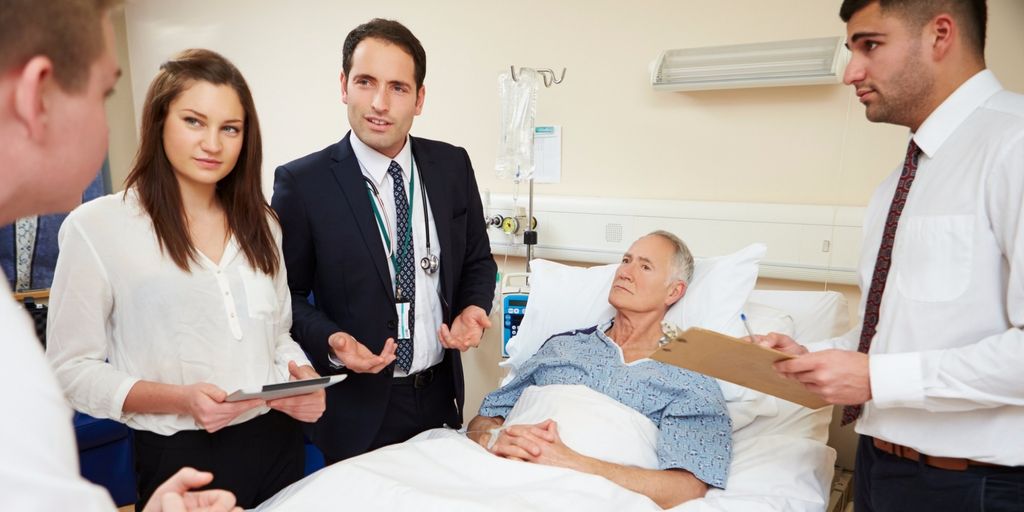Community acquired infection is an important cause of sepsis. While most infections do not result in sepsis, the sheer number of infections patients can contract is very large. Some patients have one or more risk factors, such as a defect in host defense, but a pathogenic organism can sicken even the most healthy.
There are a wide range of community infections associated with sepsis with some common causes including:
- Pneumonia
- Urinary tract infection (UTI)
- Cholecystitis
- Soft tissue infection
- Intra-abdominal infections such as bacterial enteritis or diverticulitis
Medical calculators can be used effectively by clinicians to more quickly and accurately diagnose and manage sepsis. With the plethora of possible causes for sepsis, usage of models can enable the healthcare team to more quickly hone in on risk factors and prognosis of patients who present with community acquired infections. Below are recommendations for medical calculators from The Medical Algorithm Company’s clinical knowledge base which can be used in these types of situations:
- Afebrile Bacteremia in a Geriatric Patient

- Risk Factors for Mortality in a Patient with Community-Acquired Sepsis with Septic Shock

- Index for Predicting Bacteremia or Occult Bacterial Infection in Adults with Acute Unexplained Fever

- Risk Factors for 30-Day Mortality in a Patient with Staphylococcus aureus Bacteremia

One cause of sepsis that has declined recently is Neisseria meningitides. This can be traced to widespread vaccination of susceptible groups, supporting the benefits of vaccination to the public health.
On the other hand, with many patients being treated as outpatients, there is a blurring between nosocomial and community-acquired infection. Many patients with serious conditions such as cancer or hemodialysis patients are being treated in the community, and more outpatients have an intravascular or urinary catheter.
- Risk Factors for Breakthrough Bacteremia in a Patient with Cancer

- Risk Factors for Bacteremia in Hemodialysis Patients

- Criteria for the Diagnosis of Intravascular Catheter-Related Septicemia
 >
> - Evaluating an Elderly Patient with an Indwelling Catheter for Evidence of a Urinary Tract Infection or Sepsis

While these patients may benefit from reduced exposure to antibiotic-resistant bacteria in a healthcare facility, they can spread resistant organisms into the community.
When patients with a community acquired infection becomes septic they usually arrive at the Emergency Department, which is therefore on the front lines. Because patients are often quite sick, rapid diagnosis and initiation of appropriate therapy can be lifesaving.
- Mortality in Emergency Department Sepsis (MEDS) Score

- Score for Predicting Death in Patient with Suspected Sepsis in ED

- Quick SOFA (qSOFA) Score – Sepsis Screening Tool

For people living in rural communities, access to emergency services may be limited because of declining reimbursements. Either services may be suboptimal, or they need to travel a considerable distance for care. Telehealth supported by medical algorithms can be valuable for addressing the needs of this group.
Take Home Points
- Many cases of sepsis start as community-acquired infections, and most present initially to the Emergency Department.
- Early diagnosis and prompt initiation of appropriate therapy can be life-saving.
- Medical algorithms can help to identify these cases and can be particularly helpful in resource poor settings

